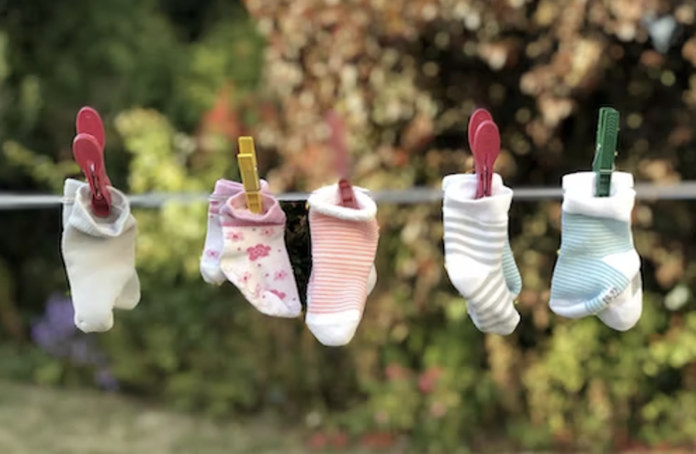Are you ready to gear up for the newest member of your family? If so, shopping for baby clothes can be a fun and exciting experience.
Kenya’s wide variety of stores can quickly become overwhelming if you need more preparation. Don’t worry; we have all the tips and advice necessary for successful baby clothing shopping in Kenya.
From finding stylish items that last a long time to staying organized when choosing outfits, read this article to find out how you can create a fantastic wardrobe selection for your newest bundle of joy.
1. Choose Clothing that Fits Your Child’s Size
Selecting the right size for your infant, toddler, or preschooler is vital for comfort and style. Don’t just guess; take measurements to ensure your baby looks and feels the best in the clothes you purchase.
Budgeting For a New Baby: 8 Ways
While age is a rough guide for sizes, there is no substitute for sizing to fit your baby’s shape. When in doubt, go up rather than down a size. After all, your bundle of joy won’t stay tiny forever.
2. Pay Attention to the Fabric
Blended or organic cotton is ideal since they’re silky on your mini-me’s skin, keeping them warm and comfy. But if you want something even more luxurious, go for organic bamboo.
Not only is it exquisite to the touch, but it’s also hypoallergenic, perfect for those little ones with eczema. Steer clear of woollen materials, as they can aggravate skin irritations and cause further discomfort.
3. Don’t Buy in Bulk
Resist the urge to buy in bulk. Sure, infants look so cute in their outfits that buying every pretty little thing you can find is almost too tempting. You have to think practically. Babies grow staggeringly, and what might fit them this month will not fit them next month.
How to make Ksh 1,000 – 2,500 per day selling diapers
Instead of buying too many items, focus on purchasing classic pieces that can transition from one stage to another.
4. Look for Features Like Adjustable Snaps and Waistbands
These features can make all the difference when finding a comfortable fit for your little one. Adjustable snaps make it easy to loosen or tighten clothing as your baby grows, while waistbands help keep items in place.
These features provide major flexibility and help garments fit your child perfectly without needing an entire wardrobe change every time they experience a growth spurt.
Adjustable clothes are practical and economical − they can preserve their shape even after plenty of use, ensuring you don’t have to keep investing in new pieces all the time.
5. Be Cautious with Ribbons and Frills
The adage “less is more” can be applied when shopping for Kenyan babies. While frills and ribbons may add a dash of cuteness, they don’t necessarily add an extra layer of safety. They can easily be pulled off by the curious little teethers or become lodged in their mouths – neither situation is desirable.
Lucy Njoki: Gatundu hospital stole one of my twins during CS
Similarly, drawstrings can also cause dangerous entanglements. So, why leave out the ribbons and choose elastic bands instead? Don’t compromise your child’s precious well-being; keep it simple with baby-safe garments.
6. Look Out for Irritants
The tags on the back of shirts and dresses can be a real nightmare – they’re uncomfortable even on adults, so you can only imagine how they would feel on a baby’s delicate skin.
Carefully snip it off without leaving any small pieces behind, or better yet, pick out clothes that don’t require any tags, as most of them have their details printed directly onto the fabric.
Conclusion
With these six tips in mind, you should shop confidently for baby clothes that are not only stylish but also affordable. Following these simple guidelines allows you to enjoy shopping for your new arrival while staying within your budget. Do you have other tips for shopping for baby clothes on a budget? Share them with us in the comments below.








